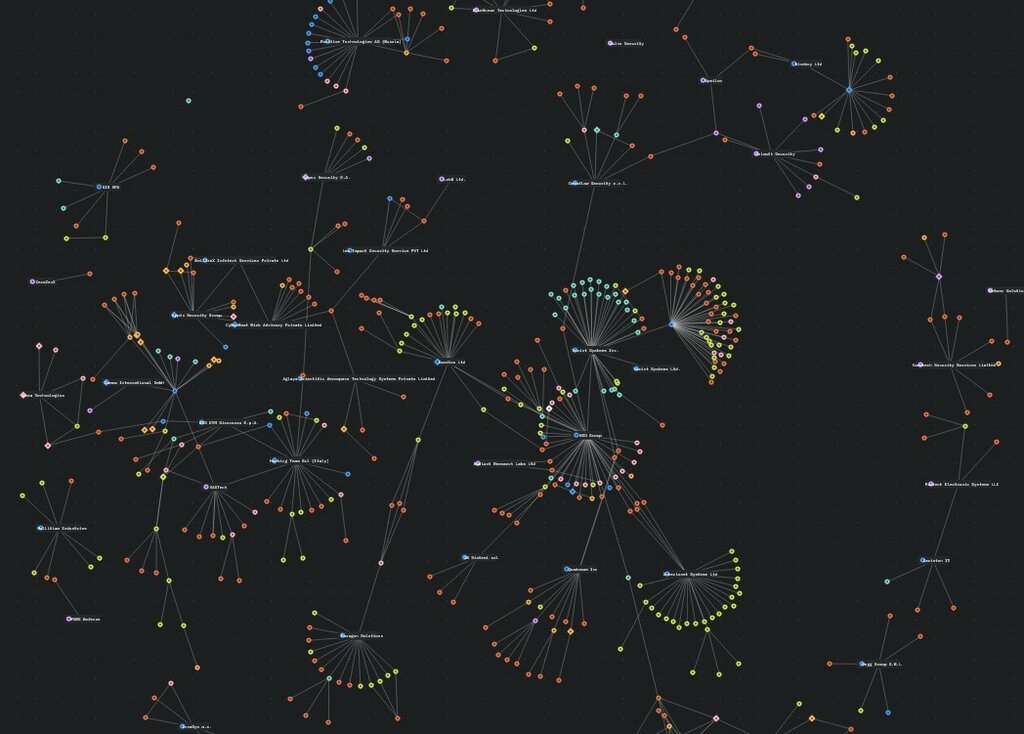A 92-year-old man will die in prison after being convicted of the rape and murder of a widow in 1967, in what is thought to be Britain's longest-running cold case to be solved. Ryland Headley was a 34-year-old railway worker living with his wife in Bristol when he forced open a window at the home of Louisa Dunne, 75, in the Easton area of the city overnight.
Bristol Crown Court heard Headley raped the frail mother-of-two and killed her by strangling her with a scarf and holding his hand over her mouth. He evaded justice for almost six decades before cold case detectives at Avon and Somerset Police reviewed the case and sent items for forensic analysis last year - resulting in a DNA match to Headley.
DNA breakthrough solves decades-old case
Headley denied rape and murder during a two-week trial but was convicted by a jury on Monday, making him one of Britain's oldest murderers and solving one of the country's longest-running cold cases. Mr Justice Sweeting jailed Headley for life with a minimum term of 20 years in prison on Tuesday for the "pitiless and cruel act by a depraved man".
The judge told Headley: "You broke into her home, you sexually assaulted her, and in doing so, you caused her death. You may not have intended to kill but you planned to rape her and you brutally attacked her when you did so. You met her screams and struggles with force sufficient to kill."
Judge describes "diligent police work"
Mr Justice Sweeting added: "Diligent work by the police and forensic evidence, particularly the DNA match, definitively linked you to this crime after decades when you must have thought that you had avoided detection." Mrs Dunne was found dead by neighbours in the front room of her terraced home, which she had been using as a bedroom, on the morning of June 28.
A pathologist concluded she had died from asphyxia due to strangulation and pressure on her mouth, probably from a hand being forcibly held over it. Bristol Constabulary, as the force was then, launched a huge investigation and took the palm prints of 19,000 men and boys in an attempt to find a match to one left on an upstairs window at Mrs Dunne's home.
Killer lived just outside search area
Headley lived in Picton Street, just 1.6 miles from the scene, but his home was just outside the streets in which men and boys were asked to provide their prints. Ten years later, in October 1977, he broke into the homes of two elderly widows aged 79 and 84 but this time his prints were taken and he was jailed for life.
That sentence was reduced to seven years on appeal. Crucially, he did not provide his palm prints on that fingerprint form and when arrested for an unrelated offence in 2012 - stating he had arthritis in his wrists.
DNA match from 2012 arrest
His DNA was taken during that 2012 arrest and this provided the match to DNA taken from semen extracted from Mrs Dunne's skirt when it was forensically examined last year. Mr Justice Sweeting said: "The nature of these offences demonstrates a complete disregard for human life and dignity."
The judge continued: "Mrs Dunne was vulnerable. She was a small, elderly lady living alone. You exploited that vulnerability. You treated her as a means to an end. The violation of her home, her body, and ultimately her life, was a pitiless and cruel act by a depraved man."
"High degree of violence and cruelty"
Mr Justice Sweeting described how Headley "violated the sanctity and safety of Mrs Dunne's own home, where she had every right to feel secure". He said: "The method of killing, by strangulation and pressure to the mouth, causing injuries to her face, eyes, and neck indicates a high degree of violence and cruelty. She must have experienced considerable pain and fear before her death."
The judge referred to the 1977 rapes, which he said revealed "a chilling pattern of behaviour", adding that Headley showed no remorse or shame for his crimes. He described the inter-generational trauma caused to Mrs Dunne's family - her two daughters Iris and Edna, granddaughter Mary and grandson Nigel.
Family's decades of suffering
Mr Justice Sweeting told Headley: "The fact that the crime was unsolved and you remained at large for so long compounded their suffering." In 1967, Headley would have been sentenced to life imprisonment with his minimum tariff being set by the Home Secretary. Under current law, this is done by judges.
The judge sentenced Headley to life in prison, with a minimum term of 20 years. He told him: "It is normally necessary to explain the effect of such a minimum term in detail but given your age of 92 and for all practical purposes, I can do so in very short terms. You will never be released, you will die in prison."
Granddaughter speaks of family trauma
As part of the sentencing hearing, Mrs Dunne's granddaughter Mary Dainton spoke about the impact of Headley's crimes on her family over six decades. Mrs Dainton, who sat in court for every day of the trial, told how her mother never recovered from what happened.
"The anxiety caused by her mother's brutal rape and murder clouded the rest of her life," Mrs Dainton said. "The fact the offender wasn't caught caused my mother to become and remain very ill." She added: "It saddens me deeply that all the people who knew and loved Louisa are not here to see that justice is being done."
Police investigate links to other crimes
Avon and Somerset Police are now working with other police forces and the National Crime Agency to establish whether Headley is responsible for other unsolved crimes. Detective Inspector Dave Marchant said the case showed what was possible when "new and old policing techniques are brought together".
Charlotte Ream, of the Crown Prosecution Service (CPS), added that the passage of time had not lessened the pain felt by Mrs Dunne's family. "For 58 years, this appalling crime went unsolved and Ryland Headley, the man we now know is responsible, avoided justice," she said. "This case is a demonstration of the commitment of the CPS, and our partners in the police, to relentlessly pursue justice for the victims of crime, no matter how many years - or decades - have passed."
(PA) Note: This article has been edited with the help of Artificial Intelligence.










